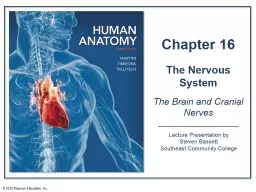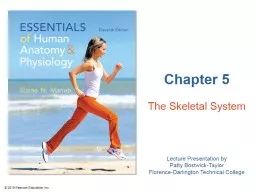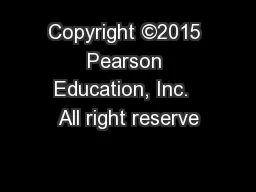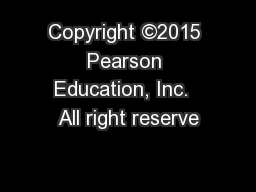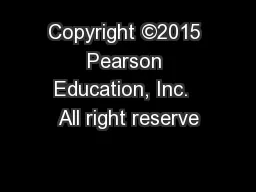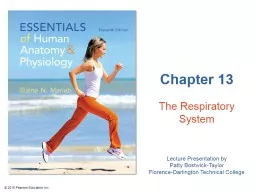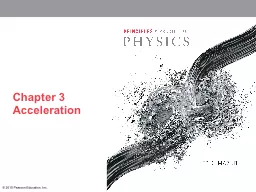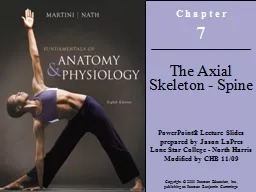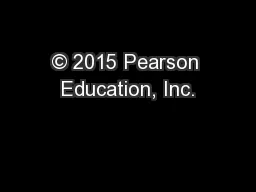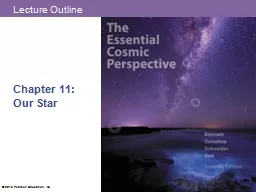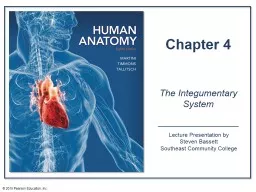PPT-© 2015 Pearson Education, Inc.
Author : tatiana-dople | Published Date : 2020-04-03
Introduction The brain is a complex threedimensional structure that performs a bewildering array of functions Think of the brain as an organic computer However
Presentation Embed Code
Download Presentation
Download Presentation The PPT/PDF document " © 2015 Pearson Education, Inc." is the property of its rightful owner. Permission is granted to download and print the materials on this website for personal, non-commercial use only, and to display it on your personal computer provided you do not modify the materials and that you retain all copyright notices contained in the materials. By downloading content from our website, you accept the terms of this agreement.
© 2015 Pearson Education, Inc.: Transcript
Download Rules Of Document
" © 2015 Pearson Education, Inc."The content belongs to its owner. You may download and print it for personal use, without modification, and keep all copyright notices. By downloading, you agree to these terms.
Related Documents

